
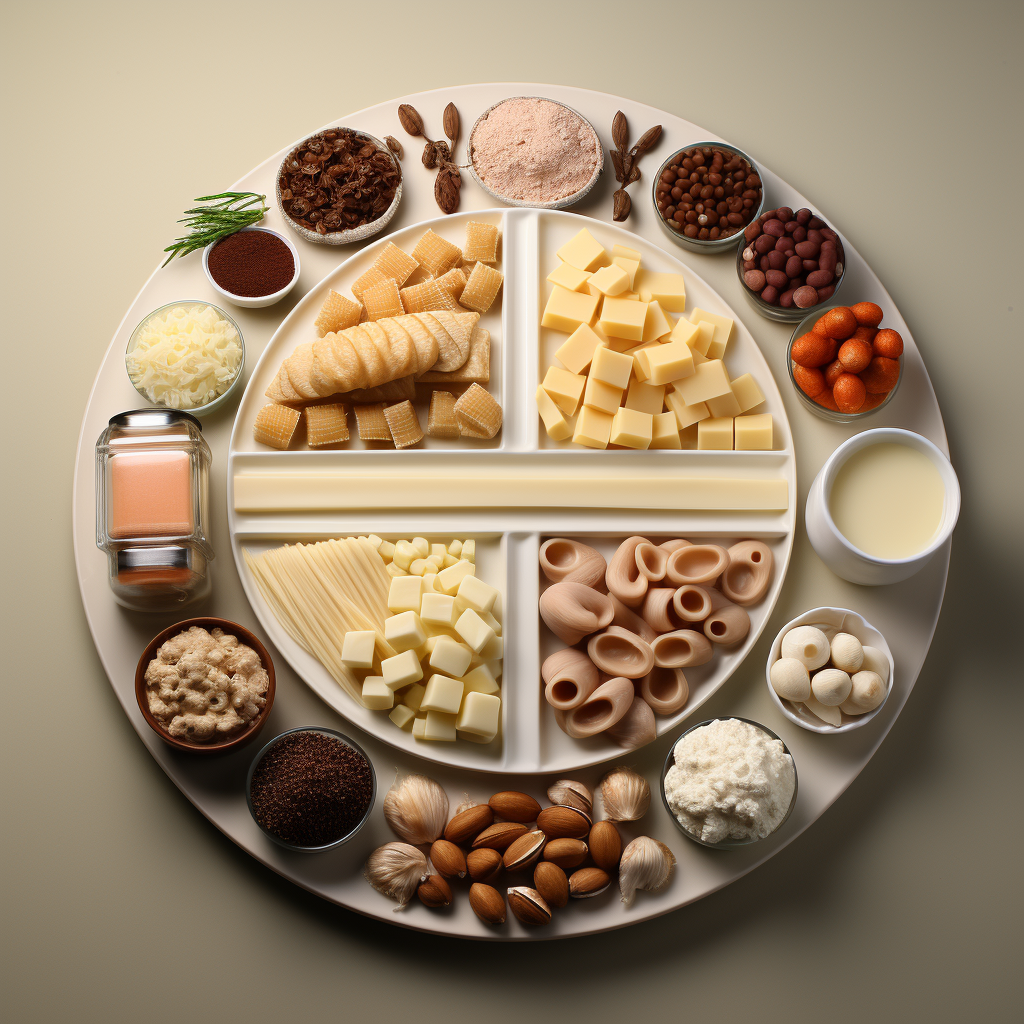
Nutrition
We are what we eat
Healthy nutrition (i.e., diet) is one of the basic pillars of overall physical and mental health, so special attention should be devoted to it. The best reference to start introducing a healthy diet is the so-called Harvard Eating Pyramid, which is quite similar to the Mediterranean Diet Pyramid.

Traditional Food Guidelines
Traditional food pyramids, such as those by the USDA and FDA, have faced criticism for their ambiguous guidelines. Harvard Medical School has pointed out the shortcomings of these models, highlighting the lack of differentiation between healthy and harmful food types. MyPlate, the current model, continues to be misleading in several aspects. At Lifeflows, we advocate for a more discerning approach to these guidelines.

Nutritional Recommendations
Our nutritional roadmap is based on the following principles:
- Whole Grains Over Refined: Choose whole grains instead of white or refined varieties.
- Fresh Produce: Prioritize fresh fruits and vegetables over processed options.
- Limit Sugar and Artificial Sweeteners: Avoid sugar, artificial sweeteners, and sodas.
- Healthy Fats: Opt for healthy fats and limit saturated fats.
- Diverse Protein Sources: Include nuts, seeds, beans, and low-mercury seafood in your diet.
- Moderate Alcohol Consumption: If you choose to drink alcohol, do so in moderation.

Recommended Quantities for Daily Food Consumption
The determination of optimal food types and quantities for health is complex. A practical approach is to refer to guidelines provided by authoritative sources like the FDA and Harvard Medical School, which offer similar nutritional values.
To simplify, the Harvard Medical School suggests daily food group quantities using the volume unit cup. For an active adult on a 2,000 calorie diet, their recommendations are as follows:
- Vegetables: 3 cups (approximately 300 grams). All vegetables, except potato and french fries, should be a base for the diet, with as much variety (colors) as possible, and without moderation. Legumes, such as peas or beans, are included in this group. The more consumed vegetables, preferably raw, the better. All kinds of fruits should be consumed with a bit of moderation, due to their natural sugar content.
- Fruits: 2 cups (about 200 grams).
- Grains: 0.5 cup. Grains should be whole, and consumed in the form of whole bread, whole pasta and brown rice. Refined grains such as white bread and white rice should be limited. Processed industrial products with whole grains, such as crackers, should be avoided.
- Protein Sources: 6 ounces (170 grams), including at least 50 grams of fish, no more than 70 grams of red meat, and not more than one egg (50 grams). Protein sources should ideally be poultry, fish (a third of which should be seafood) and nuts. Red meat, eggs and cheese should be limited. Processed meat (such as bacon or salami) should be avoided.
- Dairy: 2 cups. Dairy products should be fermented (such as yogurt) and low-fat.
- Oils: 28 grams (two tablespoons). Oils should be healthy (such as olive, peanut, canola, avocado) and should be used for cooking, for salads, but can be consumed directly with a spoon. The butter should be limited. Trans fats should be avoided.
Finally, it's essential to note that these recommendations are approximate and should be adapted to individual dietary needs and preferences, to inform and support healthy eating patterns.

Optimal Number of Daily Meals
The optimal number of daily meals depends on individual preferences and lifestyles. While some studies suggest that fewer, larger meals may help in reducing average daily blood sugar levels, there is no conclusive evidence to suggest that this eating pattern is definitively healthier than consuming smaller, more frequent meals. The Centers for Disease Control and Prevention (CDC) recommends focusing on the nutritional value of the meals rather than their number. It's important to plan meals and snacks that are healthy and portion-controlled. In any case, it's advised to avoid late-night snacking, as the body's metabolism slows down during rest periods.

Intermittent Fasting and Meal Scheduling
Intermittent fasting (IF) has been gaining attention for its potential health benefits, including weight loss and improved cardiovascular health. IF involves alternating periods of fasting with periods of eating. This approach to eating, which allows insulin levels to drop sufficiently for the body to use fat as fuel, has shown promise in weight loss, improving metabolic health and reducing oxidative stress. However, it's important to note that IF is not suitable for everyone, and individuals with certain health conditions or dietary requirements should consult with a healthcare provider before starting any fasting regimen.

Organic Food
The choice between organic and conventional food products often centers around health, environmental, and ethical considerations.
Organic foods are generally produced without synthetic pesticides and fertilizers and with fewer artificial methods, such as genetic modification. One of the key benefits often highlighted for organic food production is the absence or minimal use of chemical pesticides, which some believe could have health benefits. For example, it's suggested that organic production may reduce exposure to pesticide residues and antibiotic-resistant bacteria. However, a Harvard Gazette article points out that there is no reliable evidence showing that organically grown foods are more nutritious or safer to eat than conventionally grown food.
Sourcing organic products might not be an option when working with a limited budget, as these products are significantly more costly than the conventional ones. In any case, the experts agree that it is important to thoroughly rinse all fruits and vegetables under running water, even those with inedible skins (like melons and citrus fruits), because cutting the rind with a knife can bring contaminants (pesticides and bacteria) to the inside. There is advice to soak fruits and vegetables in baking soda, but there are no scientifically proven benefits.

Sugar Consumption
Excessive sugar consumption is increasingly recognized as a significant health concern, impacting more than just calorie intake. It is linked to various diseases associated with metabolic syndrome, including hypertension, high triglycerides, insulin resistance, and liver fat synthesis. This can lead to diabetes and accelerated aging due to the non-enzymatic binding of fructose to lipids, proteins, and DNA. One of the major health risks associated with high sugar intake is its contribution to cardiovascular disease.
The relationship between sugar consumption and cancer is more complex and indirect. The American Institute for Cancer Research emphasizes that the main cancer risk associated with sugar consumption comes from its contribution to excess body fat, rather than the sugar itself directly causing cancer. Therefore, maintaining a healthy weight is a crucial preventive measure against cancer. The best approach is to minimize added sugars and opt for natural sources of sweetness like fruits, emphasizing the importance of a balanced and health-conscious diet.

Food Additives
Food additives are commonly used in the food industry to enhance flavor, appearance, or shelf life of products. However, some additives have raised health concerns and are best avoided.
- Sodium Nitrites: Used to stabilize, color, and flavor meats, sodium nitrites can produce nitrosamines when heated at high temperatures or combined with stomach acid. Nitrosamines are linked to an increased risk of pancreatic and colorectal cancer.
- Sulfites: Sulfites are preservatives that can aggravate asthma in sensitive individuals. They are banned on fresh fruits and vegetables in the U.S. but are present in other foods.
- Trans Fats: Partially hydrogenated oils, which are trans fats, have been banned by the FDA due to their risk of heart disease. They were commonly used in cookies, crackers, and other packaged foods.
- Monosodium Glutamate (MSG): Common in Asian and processed foods, MSG can cause reactions in sensitive individuals and contributes extra sodium to the diet, potentially elevating blood pressure .
- FD&C Yellow No. 5 and No. 6: These artificial coloring agents used in candies and cereals can cause severe allergic reactions in individuals with asthma and are potentially linked to hyperactivity in children.
To reduce exposure to these additives, it's advisable to consume foods in their natural state as much as possible, read labels carefully, and choose products without known harmful additives. It's also beneficial to cook meals at home using fresh ingredients to have more control over what you're consuming.
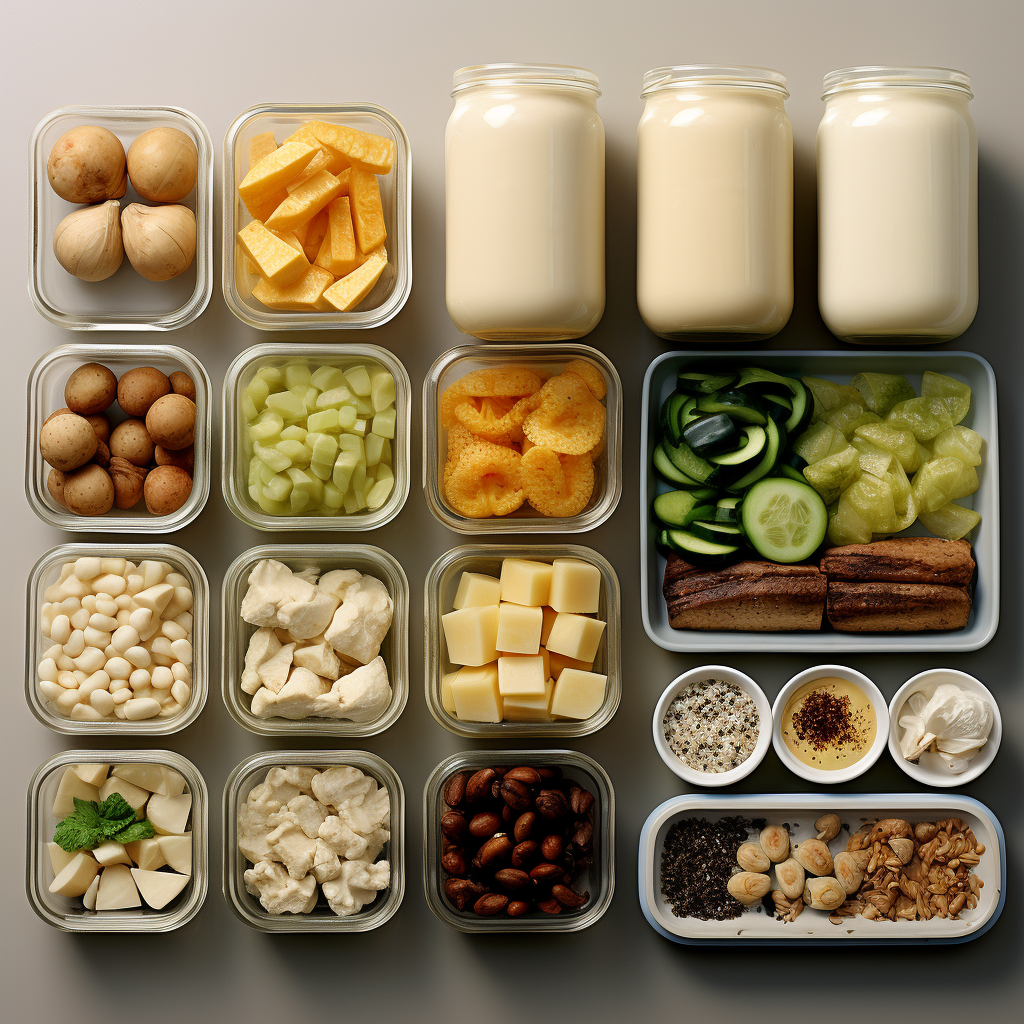
Meal Prep
Bulk cooking, or meal prepping, an increasingly popular method to streamline food preparation, save time, and maintain a balanced diet, especially for those with busy schedules. The concept revolves around preparing large quantities of meals or meal components at once, which are then stored and consumed throughout the week.

Meal Planning
Meal planning often falls into a pattern of ad-hoc decision-making, influenced by immediate cravings, available groceries, or the contents of the fridge and pantry. This spontaneous approach, while flexible, can lead to a diet that's unbalanced and may contribute to stress due to lack of preparation and time inefficiency.
To counter these pitfalls, advanced weekly meal planning is highly recommended. This proactive strategy not only saves time but also ensures a balanced diet that can be tailored to specific nutritional needs, such as addressing mineral deficiencies. With the aid of numerous apps and online services, meal planning becomes a streamlined process. These tools offer a variety of healthy and simple recipes and can automatically generate shopping lists for necessary ingredients. This method is not just beneficial for those who cook at home but also for people who prefer ordering food or using meal-kit services. By planning meals in advance, even with restaurant deliveries or meal-kits, you can maintain a balanced and healthy diet throughout the week.
Embracing this organized approach to meal planning can significantly reduce mental pressure, improve dietary habits, and contribute to overall better health and well-being.

Grocery Shopping
Grocery shopping, often conducted on an as-needed basis, reflects a primitive, instinctual approach similar to that of our ancestors. This method often leads to inefficiency, characterized by forgotten items and multiple shopping trips. To optimize this process, relying on a pre-generated shopping list, ideally stemming from prior meal planning, is key. This list not only saves time but also reduces mental effort during shopping.
Furthermore, organizing the shopping list into categories such as meat and seafood, dairy, bread and bakery, frozen foods, and pantry staples enhances efficiency. For those shopping in a familiar physical store, arranging the list to mirror the store's layout can minimize the time spent locating items. For online grocery shopping, utilizing features like 'Past Purchases' or creating dedicated lists can expedite the re-ordering process, making grocery shopping more streamlined and less time-consuming.
This structured approach to grocery shopping ensures a more organized, efficient experience, aligning with the planned dietary needs and reducing the likelihood of impulsive, unnecessary purchases.
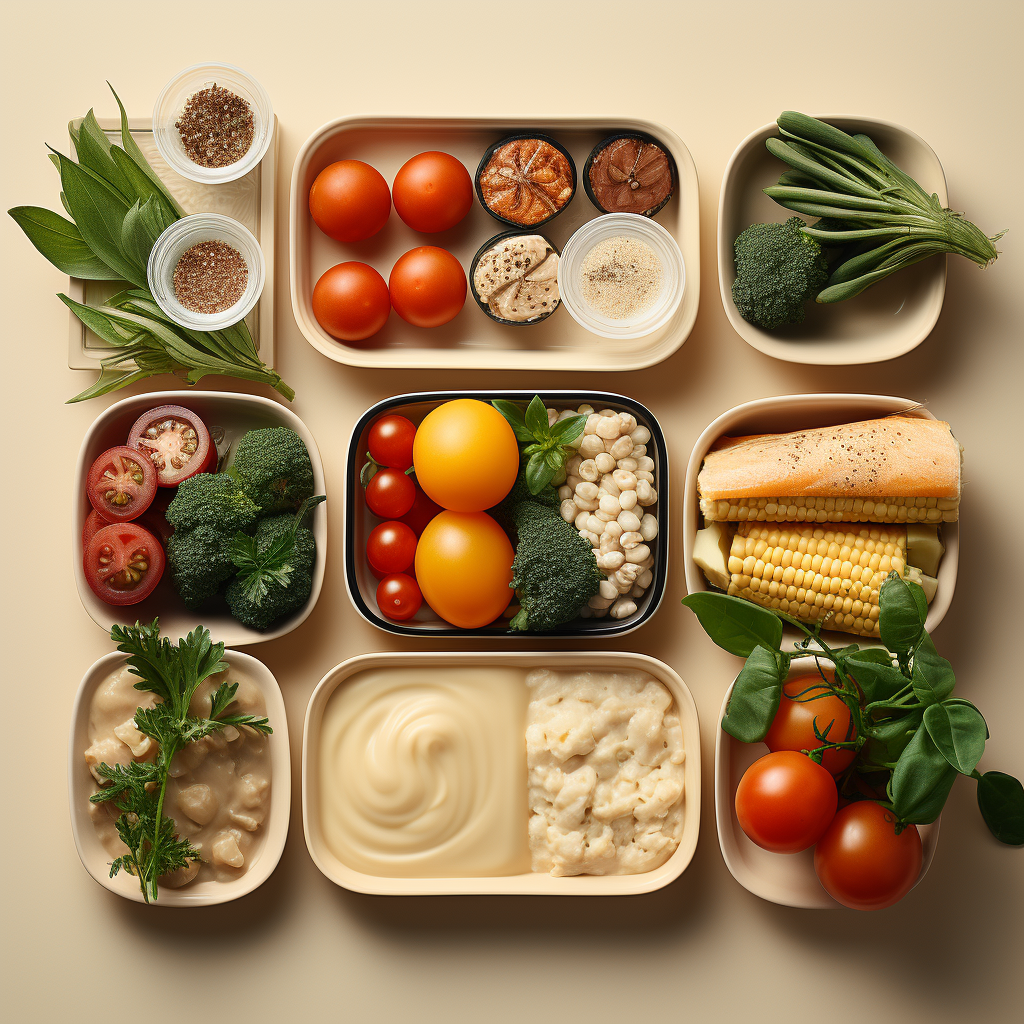
Meal Kits
For those looking to streamline their meal preparation process, subscribing to a meal-kit service offers a convenient alternative to traditional grocery shopping. They provide an array of options to suit different dietary preferences, household sizes, and desired frequency of meals per week.
When opting for a meal-kit subscription, customers can select plans based on their dietary preferences, such as meat-based, vegetarian, or vegan options. The service then delivers everything needed for each meal, neatly packaged in individual boxes within a larger delivery box. These kits include all necessary ingredients and easy-to-follow printed recipes, simplifying the cooking process.
It's important for subscribers to conduct thorough research when choosing a meal-kit provider, as there is significant variation in the type of ingredients offered (such as organic versus non-organic), the diversity and creativity of recipes, and the pricing of different plans. This due diligence ensures that the chosen service aligns with one's dietary preferences, budget, and lifestyle needs.
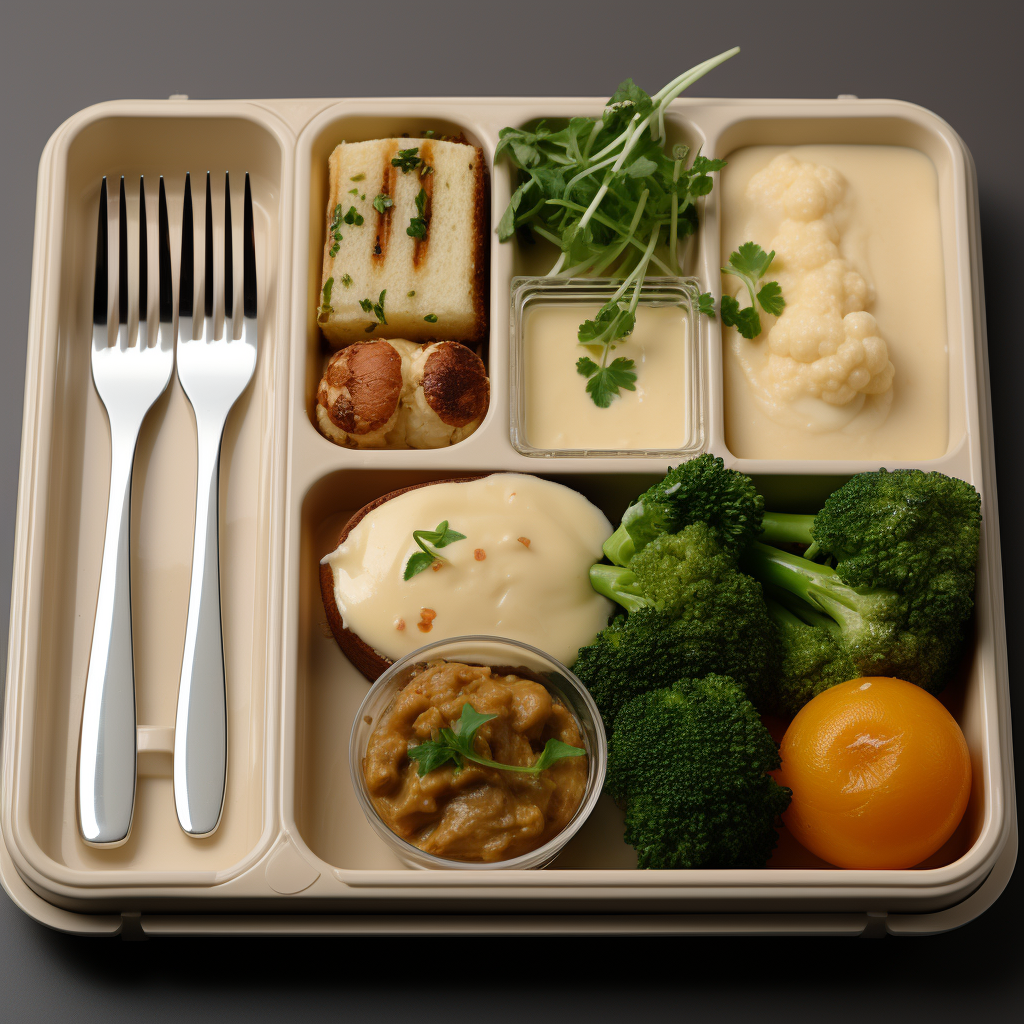
Meal Delivery
Meal delivery services offer a convenient solution for those seeking hassle-free dining options. These services range from local restaurants providing ready-to-eat meals to companies specializing in pre-planned, diet-specific menus. They cater to a variety of dietary needs and preferences, including vegan, keto, paleo, and gluten-free options. The primary appeal of meal delivery is the convenience it provides - meals are prepared, cooked, and delivered right to your doorstep, eliminating the need for grocery shopping, meal planning, and extensive cooking. This is particularly advantageous for busy individuals, those with limited cooking skills or facilities, and people who prefer a variety of culinary experiences without the effort of preparing meals from scratch. Meal delivery services also offer the flexibility to customize orders, choose delivery schedules, and sometimes even pause or cancel subscriptions based on individual requirements. They are a modern solution to the age-old question of what to eat, providing a blend of convenience, variety, and the comfort of enjoying a meal in your own home.

Personal Chef
Hiring a personal chef offers a unique and tailored culinary experience, catering specifically to an individual's or family's dietary preferences and nutritional needs. Personal chefs bring the luxury of a fine dining experience into the comfort of one's home, handling everything from menu planning and grocery shopping to cooking and, in some cases, even cleaning up after meals. They are particularly beneficial for those with specific dietary restrictions, busy professionals who lack the time to cook, or individuals who wish to host dinner parties without the stress of preparing the meal themselves. Personal chefs can offer a range of services, from preparing daily meals that are stored and easily reheated, to cooking for special occasions or intimate gatherings. This service not only provides convenience and time-saving benefits but also offers the opportunity for clients to enjoy customized, professionally prepared meals that align with their health goals, taste preferences, and lifestyle.
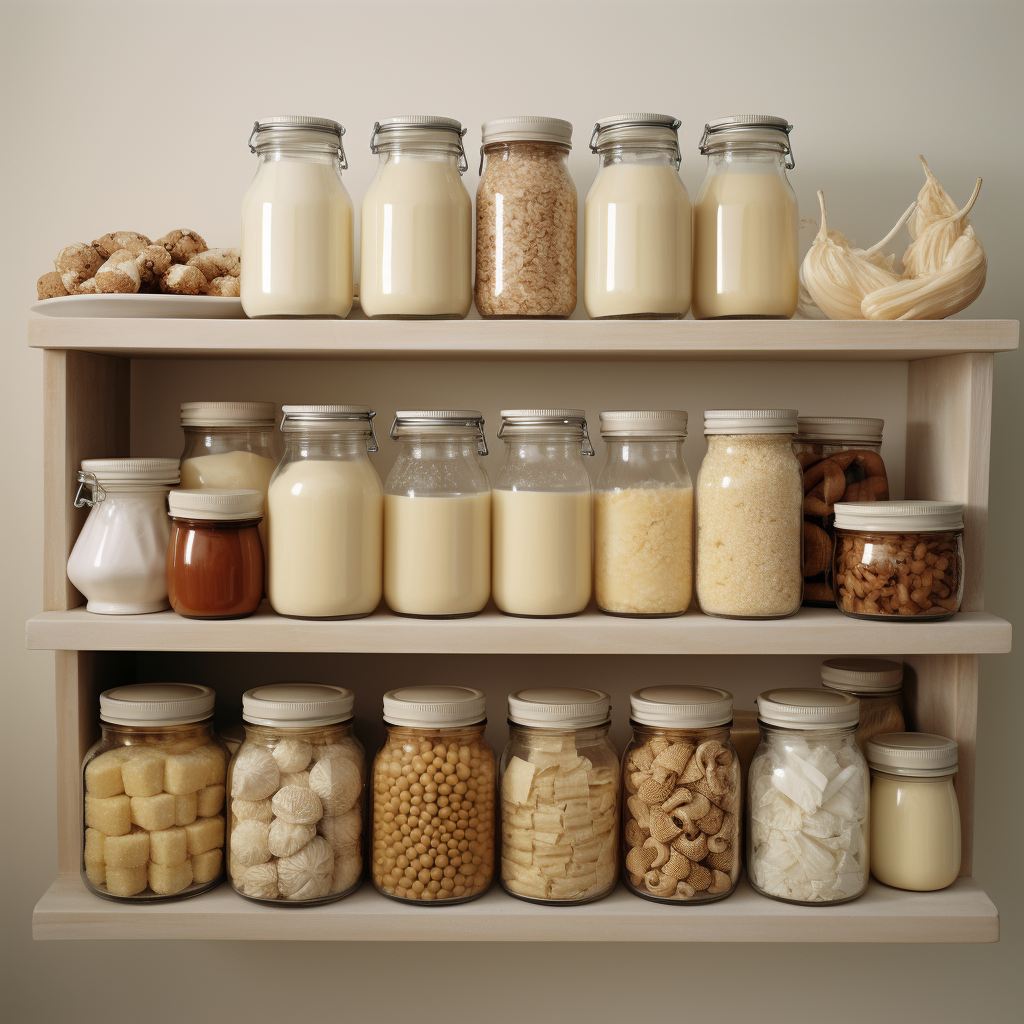
Food Backstock Review
The concept of a "backstock review" is centered on efficiently managing and utilizing long shelf-life grocery items stored at home. These items typically include staples such as flour, oil, salt, spices, pasta, canned food, and dry food, collectively referred to as backstock food. This category also extends to items stored in the household freezer, like frozen fruits, vegetables, meat, and fish, typically at a storage temperature of 0°F or -18°C.
While these frozen items do not spoil easily, attention should be paid to their duration in the freezer. Over time, even if not spoiled, food can lose its nutritional quality. Although specific storage durations can vary (detailed guidance can be found in resources like USDA's FoodKeeper), a general rule is to not store these items for longer than 3-6 months. A practical tip for managing this is to label each package with the date it was placed in the freezer, allowing for easy monitoring of storage duration.
Regularly updating the inventory list of backstock food is an essential part of this process. Maintaining this inventory involves replenishing items as they near depletion, which should be reflected in the shopping list. This practice not only simplifies regular food shopping but also ensures that there are always food options available, even when the fridge is near empty. Effectively managing backstock food can lead to a more organized kitchen, reduce food waste, and ensure a consistent supply of essential ingredients for meal preparation.
Lifeflows for Nutrition
-
1. WEEKLY MENU
- Dedicate 30 minutes to plan your meals for the week.
- Choose simple, nutritious recipes focusing on a variety of vegetables, lean proteins, whole grains, and healthy fats.
-
2. SHOPPING LIST
- Create a shopping list based on your meal plan to avoid impulse purchases.
- Shop for all the ingredients needed for the week’s meals.
- Opt for fresh produce, lean proteins, whole grains, and healthy fats.
- Consider buying some items in bulk to save time and money
-
3. PRE-PREPARATION
- Wash and chop vegetables.
- Portion out and marinate proteins, if necessary.
- Store prepped ingredients in clear containers in the fridge for easy access.
-
4. COOKING
- Prepare one or two main dishes that can serve as the base for multiple meals (e.g., grilled chicken, roasted vegetables).
- Store these in portion-sized containers for quick assembly of meals.
-
5. QUICK ASSEMBLY
- Use pre-prepared ingredients to quickly assemble meals.
- Experiment with different combinations to keep meals interesting.
-
6. LEFTOVERS
- Use any leftovers to create new dishes, reducing waste and saving time.
- This could be as simple as adding different spices or pairing with different sides.
-
7. REVIEW & REFLECT
- Reflect on what meals worked well and what didn’t.
- Note any favorite recipes or ingredients to incorporate into the next week’s plan
-
8. FLEXIBILITY
Be flexible with your meal plan to accommodate unexpected changes.
-
9. AIDS
- Use meal planning apps or online grocery delivery to streamline the process.
- Use a meal prep service provider for ultimate outsourcing of this daily aspect.
Resources
Collection of printables and access to Google Calendar to help you streamline nutrition-related tasks
-
Weekly Meal Plan & Water Intake
Regular price $0.00 USDRegular priceUnit price / per -
Weekly Meal Plan - Example with Food Types
Regular price $0.00 USDRegular priceUnit price / per -
Shopping List
Regular price $0.00 USDRegular priceUnit price / per -
Google Calendar for Nutrition
Regular price $0.00 USDRegular priceUnit price / per
Books & Cookbooks
Some links are affiliate links. This means that if you click through and make a purchase, we may earn a small commission at no additional cost to you.
Apps
-
Yuka
Deciphers product labels and analyzes the health impact of food products
-
Pick another health area to focus on
-
WATER INTAKE
Emphasize the importance of adequate hydration, offering guidance on optimal water consumption to maintain bodily functions and overall well-being
-
PHYSICAL ACTIVITY
Focus on integrating tailored exercise routines into daily life to enhance overall health, fitness, and well-being
-
MENTAL ACTIVITY
Enhance cognitive functions and emotional well-being through engaging activities, mindfulness practices, and brain exercises
-
SLEEP
Cultivate healthy sleep habits and routines to ensure restful, rejuvenating nights that contribute significantly to overall health and daily energy levels
-
HEALTH CHECKUPS
Prioritize regular health assessments and screenings to detect potential health issues early and maintain a proactive approach to personal health care
-
MEDICATIONS
Efficiently manage your medication needs, ensuring a well-stocked and up-to-date medicine cabinet for overall health and timely care




